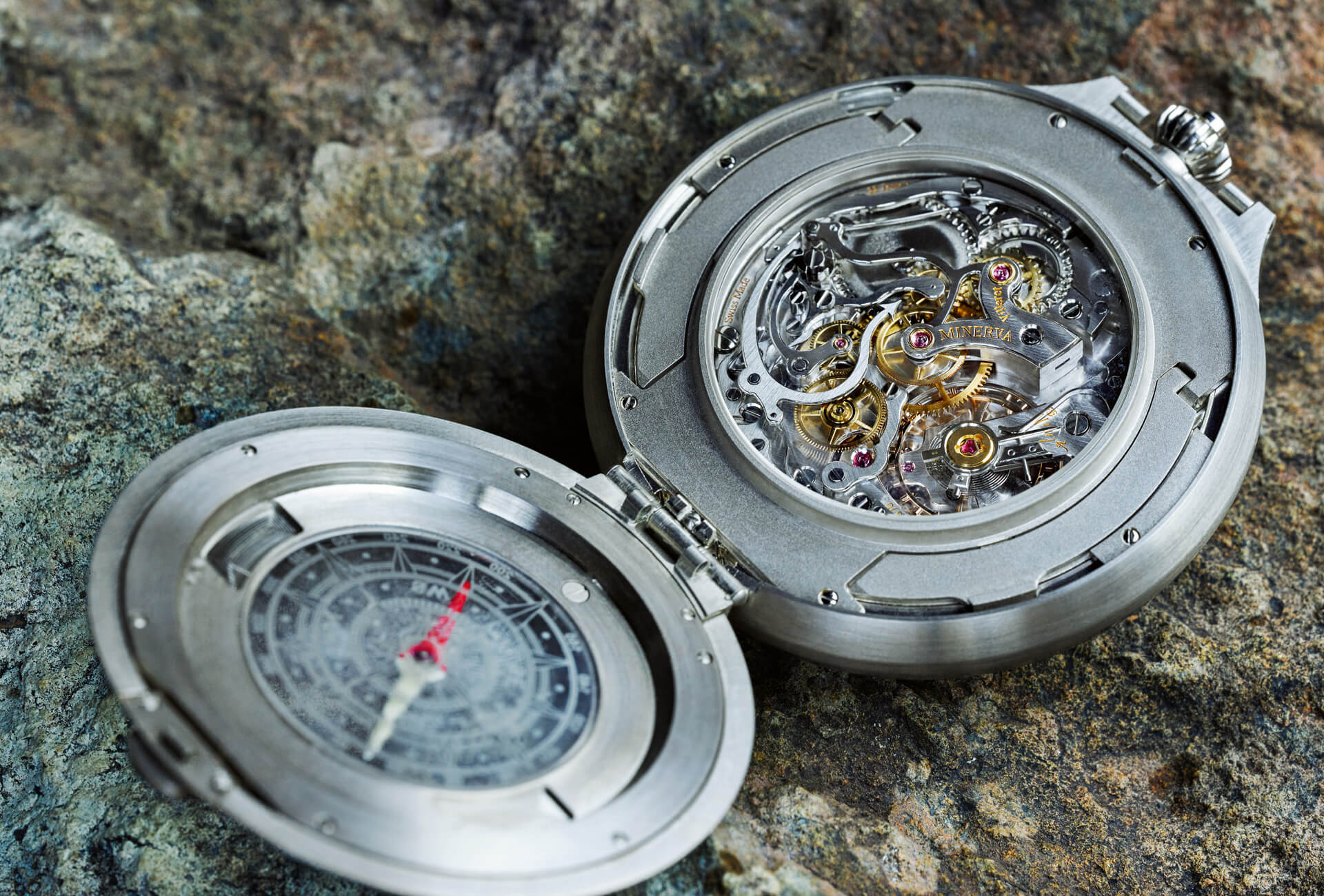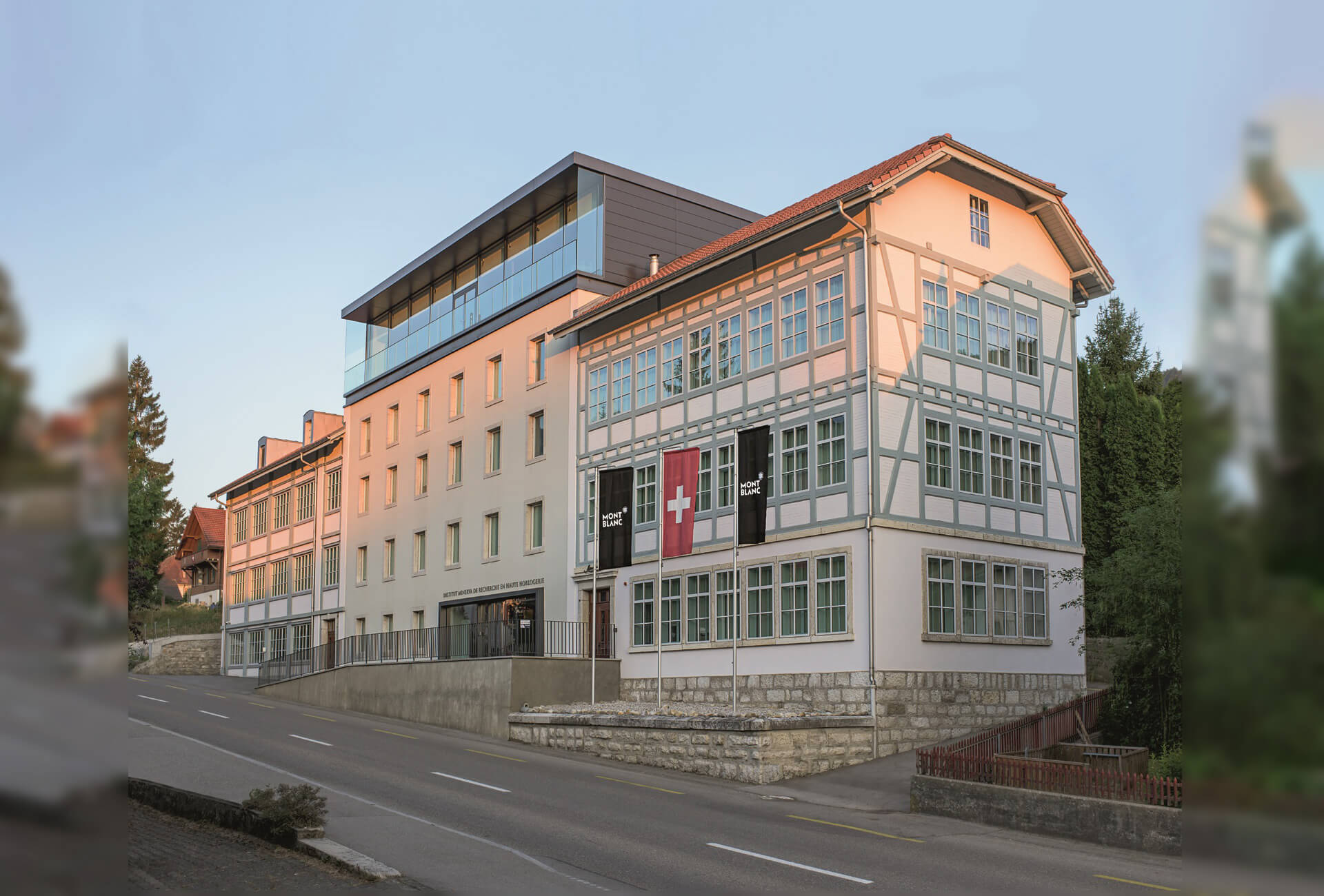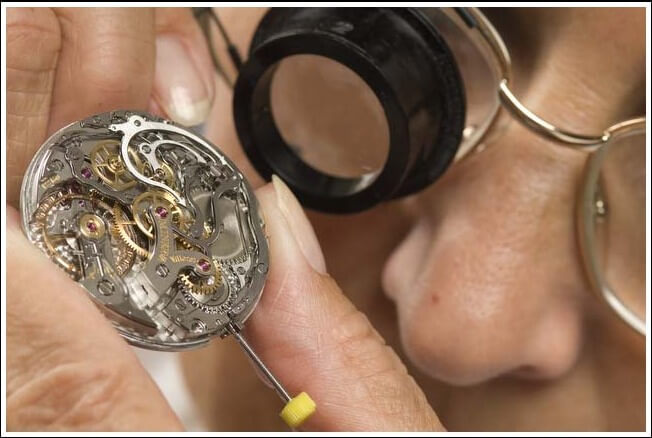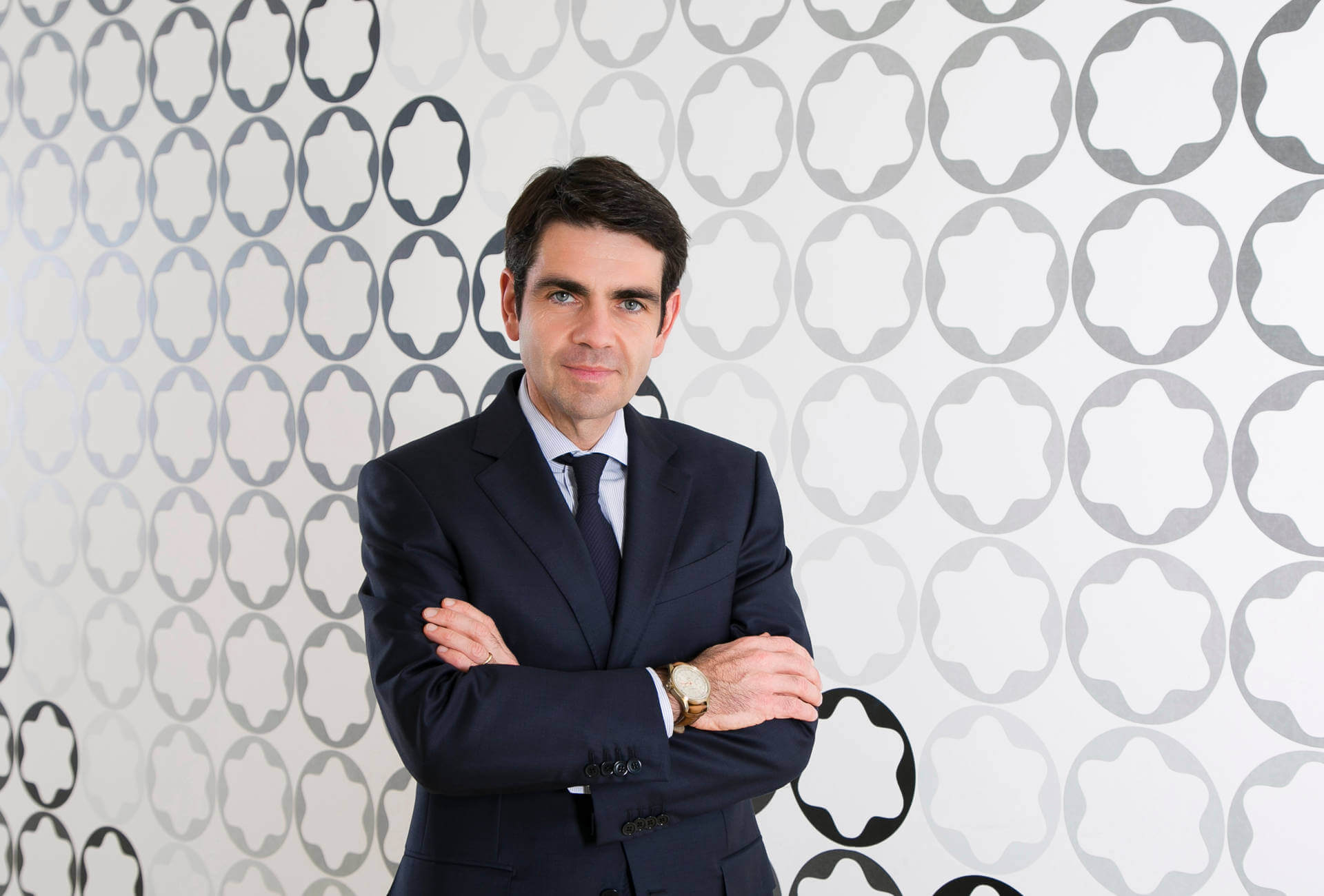Apart from the extra floor added to the main building, the site is exactly as it was in 1898 when the Robert brothers set up a factory at the entrance to Villeret. The village, just a few miles from La Chaux-de-Fonds in the Swiss Jura, was expanding at a spectacular rate: the number of watch workshops had increased from 73 to 121 in just forty years. Most were établisseurs, specialists in movement assembly. Robert Frères Villeret was one of the biggest, with ambitions to match. The company quickly outgrew its role as a subcontractor, becoming first a full-fledged movement-maker and later a brand, Minerva. Now part of Montblanc, it celebrates 160 years of continuous production.
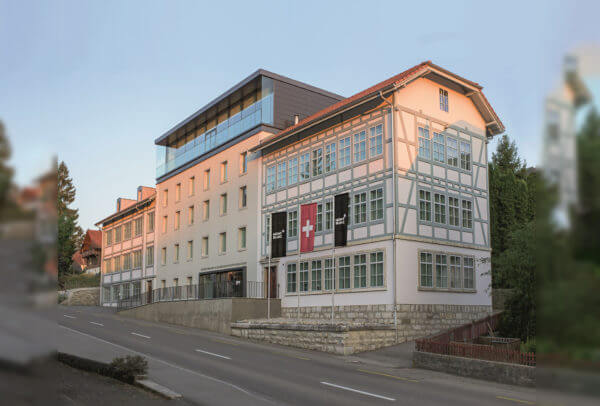
While the village has expanded beyond its original boundaries, the factory is virtually unchanged, still with its original staircases and wood floors, narrow corridors and labyrinth of small rooms – though it does offer considerably more space than when Charles-Yvan and Hyppolite Robert founded H. & C. Robert in 1858. The descendants of Huguenots, the two brothers bought in blanks from Fontainemelon, which they assembled into movements for local brands.
In 1878 the company passed to Charles-Yvan’s three sons. They ordered construction of the building as it stands today, all part of a plan to branch out and produce their own movements. Which they did, starting in 1902. Seven years later, the company launched more specialised production of stopwatch movements, beginning with Calibre 19.09, a chronograph movement with a distinctive V-shaped bridge (V for Villeret). This was followed by Calibre 13.20, a smaller movement designed to fit into wristwatches and still used today as Calibre 13.21.
In 1929 the company changed its name to Minerva. Over the years, it would produce professional measuring instruments and timers for just about every trade and sport. Records of this period are presented on the top floor of the building, where Montblanc keeps an impressive library of production and accounts books, period dials and original parts. Minerva is one of the very few Manufactures to have preserved its archives intact. This reflects the company’s determination to remain independent, notably refusing to be subsumed into mega-manufacturer Ebauches SA.
The company stayed in family hands until 2000, when it was taken over by Hopa, an Italian investment fund. Six years later, Richemont stepped in and bought Minerva with the aim of providing Montblanc with a high-level facility. It now produces between 200 and 350 haute horlogerie movements a year, balance springs included. Davide Cerrato, who was appointed at the head of Montblanc’s Watch Division in 2015, is fully aware of the enormous potential this heritage represents – and intends putting it to good use as part of his strategy.
We used to have the Villeret collection of haute horlogerie watches, made by Minerva, on the one hand and on the other the more affordable Montblanc collections. I’m channelling the values and heritage of Minerva into all the Montblanc collections.
Same thing: it no longer exists as a separate product line. Instead, I’ve incorporated it into the Star family, which has been completely reworked. The idea is that each collection should become broader and with higher ambitions.
Minerva is tied in with the history of the chronograph and sports timing. I’m from Turin in Italy, which has strong connections with cars, and I’m personally a big fan of cars, so in 2017 I launched the Chronograph Rally Timer Counter Limited Edition as part of the TimeWalker sport watch collection. It reprises Minerva’s 16.29 monopusher calibre. We can tell the entire story of the Manufacture around this piece. The TimeWalker collection now goes from a three-hander with date to the Exo Tourbillon Minute Chronograph Limited Edition. We’re able to offer an entire range of products within a single family of watches.
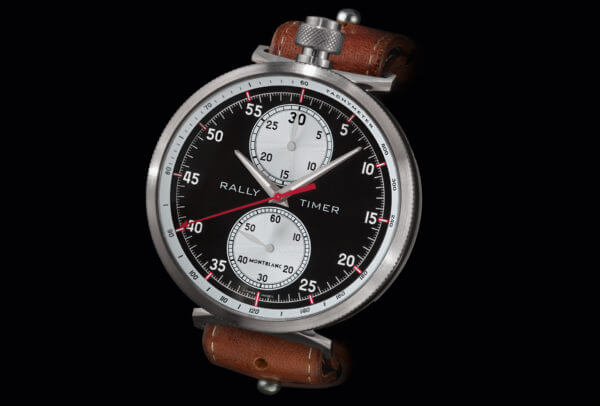
Absolutely. Despite its name, Montblanc has never made watches for mountaineers. The 1858 collection is our second professional sports line. It revisits watches that Minerva made in the 1930s for use in military and mountain environments. The Monopusher Chronograph Limited Edition 100, for example, picks up on the famous 13.21 calibre, while the Pocket Watch Limited Edition 100, whose movement is derived from the Minerva MB M16.29, is transformable. It includes a compass and can also be worn on a strap.
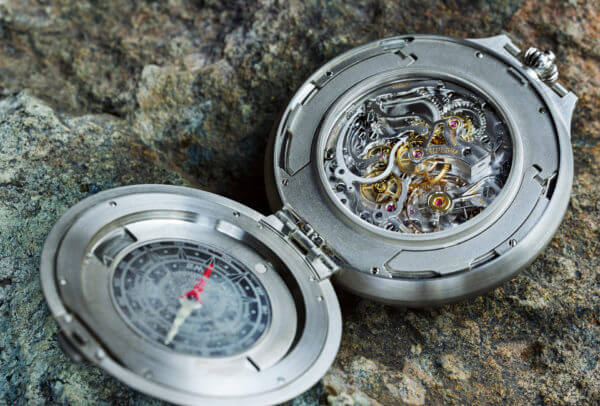
No. For our volume production we use ETA or Sellita movements. For our medium complications, such as the TimeWalker chronographs or the Geosphere module, development and industrialisation are done within the group. Minerva in Villeret focuses on haute horlogerie. It’s a centre for excellence.








